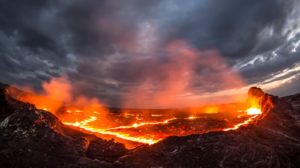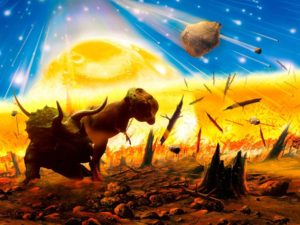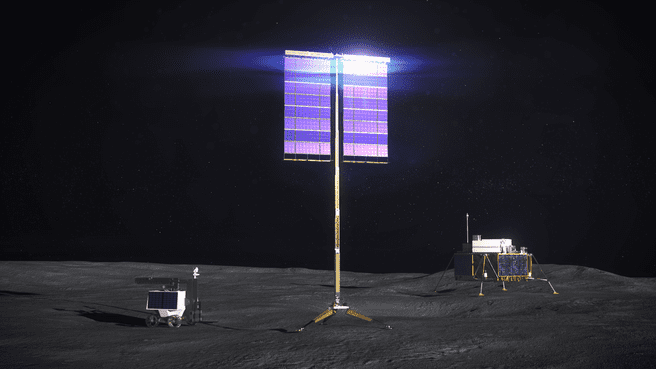An international team of scientists showed that 233 million years ago there was a mass extinction on Earth that started the era of the dinosaurs. It was caused by volcanic eruptions in Canada today. The researchers presented their findings in an article published in the journal Science Advances .

So far, paleontologists have identified five mass extinctions of living organisms in the last 500 million years. Each of them has had a profound influence on the evolution of life on Earth. Now another mass extinction has been identified that played an important role in the renewal of life on land and in the oceans, laying the foundations for a modern ecosystem.
On average, every few tens of millions of years, nature on Earth experiences powerful cataclysms, known as mass extinctions. The last such thing happened 65 million years ago, as a result of which the dinosaurs disappeared from the surface of the planet. Such events are extremely destructive and therefore relatively easy to record, so today researchers rarely discover new events of this type. However, an international team of scientists has successfully identified a previously unknown mass extinction.
It happened 233 million years ago during the so-called Karnik pluvial event. The extinction was apparently caused by massive volcanic eruptions in the west of today’s Canada. Huge amounts of volcanic basalt, which made up most of the west coast of North America, spilled from the Earth’s interior. The peak of the eruption, according to scientists, fell in the Karnik era (237-227 million years ago).
The eruptions were so powerful that huge amounts of greenhouse gases such as CO2 leaked into the atmosphere. Because of this, large-scale global warming began, and the amount of rainfall increased significantly. This period of high humidity lasted about one million years. The dramatic climate change has led to a severe decline in biodiversity in water and on land. But soon new animals and plants were replaced by extinct plants, including some of the first turtles, crocodiles, lizards, and mammals. Modern coral reefs and plankton groups have appeared in the ocean. In addition, the extinction of older species allowed dinosaurs to dominate the planet.\

 The new plants were probably not the best food for the surviving herbivorous reptiles. Flora changes and an ecological catastrophe among herbivorous reptiles have long been discovered. Today we know that the first dinosaurs appeared about 20 million years before the Karnik pluvial event, but before that there were few. It was this event that gave great reptiles a chance for development.
The new plants were probably not the best food for the surviving herbivorous reptiles. Flora changes and an ecological catastrophe among herbivorous reptiles have long been discovered. Today we know that the first dinosaurs appeared about 20 million years before the Karnik pluvial event, but before that there were few. It was this event that gave great reptiles a chance for development.











